Description
Schoeps MK 21
The directivity of the Schoeps MK 21’s wide cardioid lies between the omni and the cardioid. The idea behind their development is to combine the advantages of these two patterns. The low-frequency behavior of the MK 21 is better than that of the cardioid, and the proximity effect is less pronounced. The wide cardioid polar pattern is extremely consistent across the frequency range. Laterally-arriving direct sound and reflections are picked up without added coloration. The MK 21 is a very well-liked capsule. It is preferred when a slight directional effect and a warm, natural sound image are desired. Over the years it has become an integral part of the audio engineer’s toolkit.
- wide cardioid
- preferred uses: as a soloist microphone or main microphone
- extremely consistent polar response leads to a very natural sound
- combines the advantages of the omni (warm sound) and the cardioid (directivity)
- popular as a main microphone pair e.g. at a spacing of 30 cm, angle +/- 45°
TECHNICAL SPECIFICATIONS
| Pickup pattern | Wide Cardioid |
| Frequency range | 30 Hz – 29 kHz with CMC 6 / CMR 30 Hz – 44 kHz with CMC 6xt |
| Sensitivity | -37 dB (V/Pa), 14 mV/Pa with CMC 6 |
| Equivalent noise level (A-weighted) | 13 dB with CMC 6 |
| Equivalent noise level (CCIR) | 23 dB with CMC 6 |
| Signal-to-noise ratio (A-weighted) | 81 dB with CMC 6 |
| Maximum sound pressure level (THD < 0.5 %) | 131 dB-SPL with CMC 6 |
| Length | 22 mm |
| Diameter | 20 mm |
| Weight | 17 g |
| Surface finish | matte gray custom color: nickel, chromagreen |
PRACTICE
When used as a spot microphone, the distance from the sound source should be slightly smaller than when using a cardioid due to a lower directivity index.
The low directivity of this capsule type prevents it from generating large enough level differences for X/Y use, though MS and near-coincident spacings are often successful.
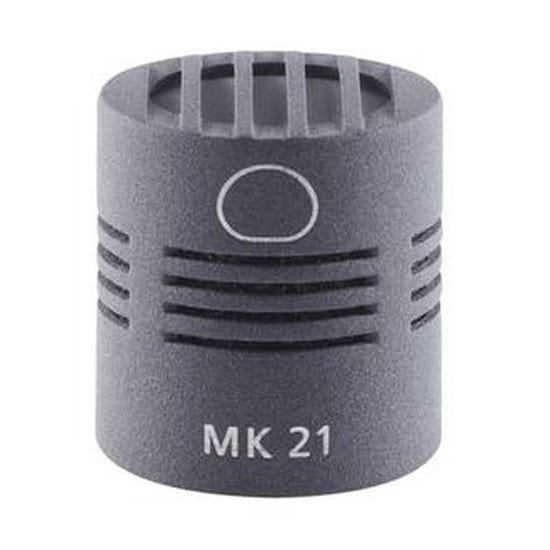




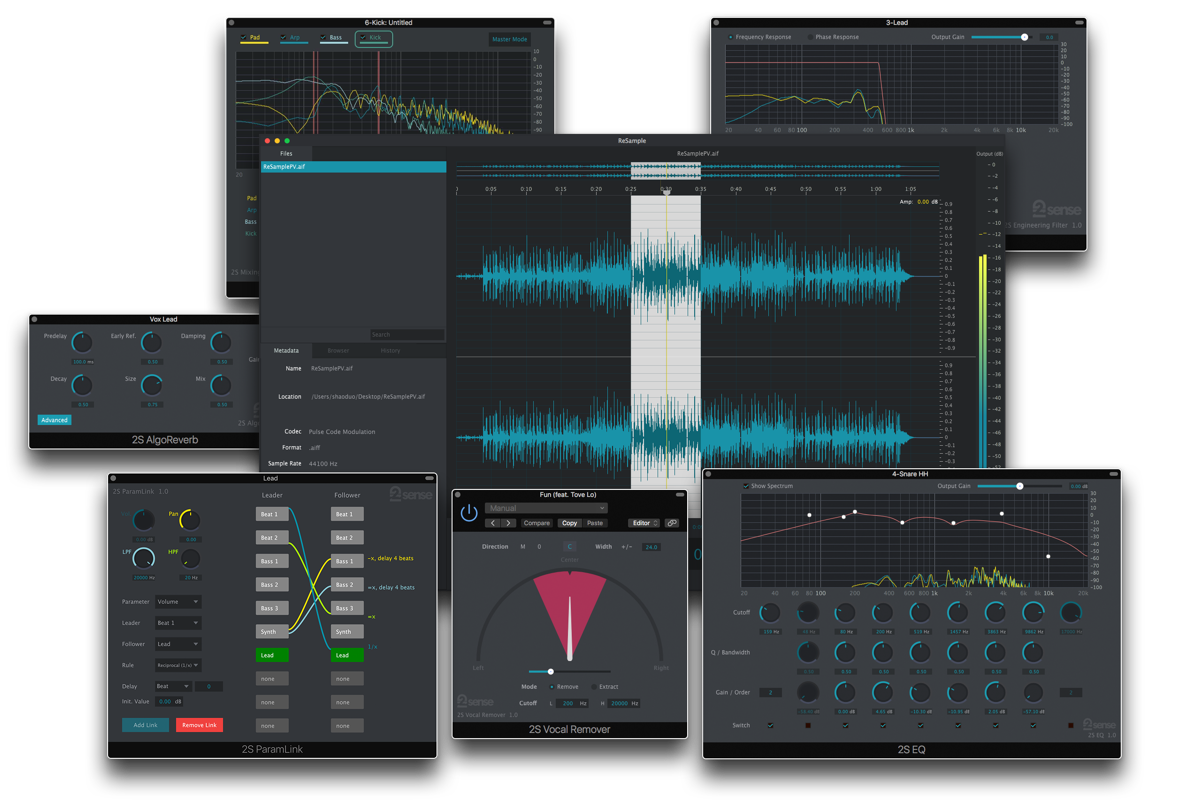
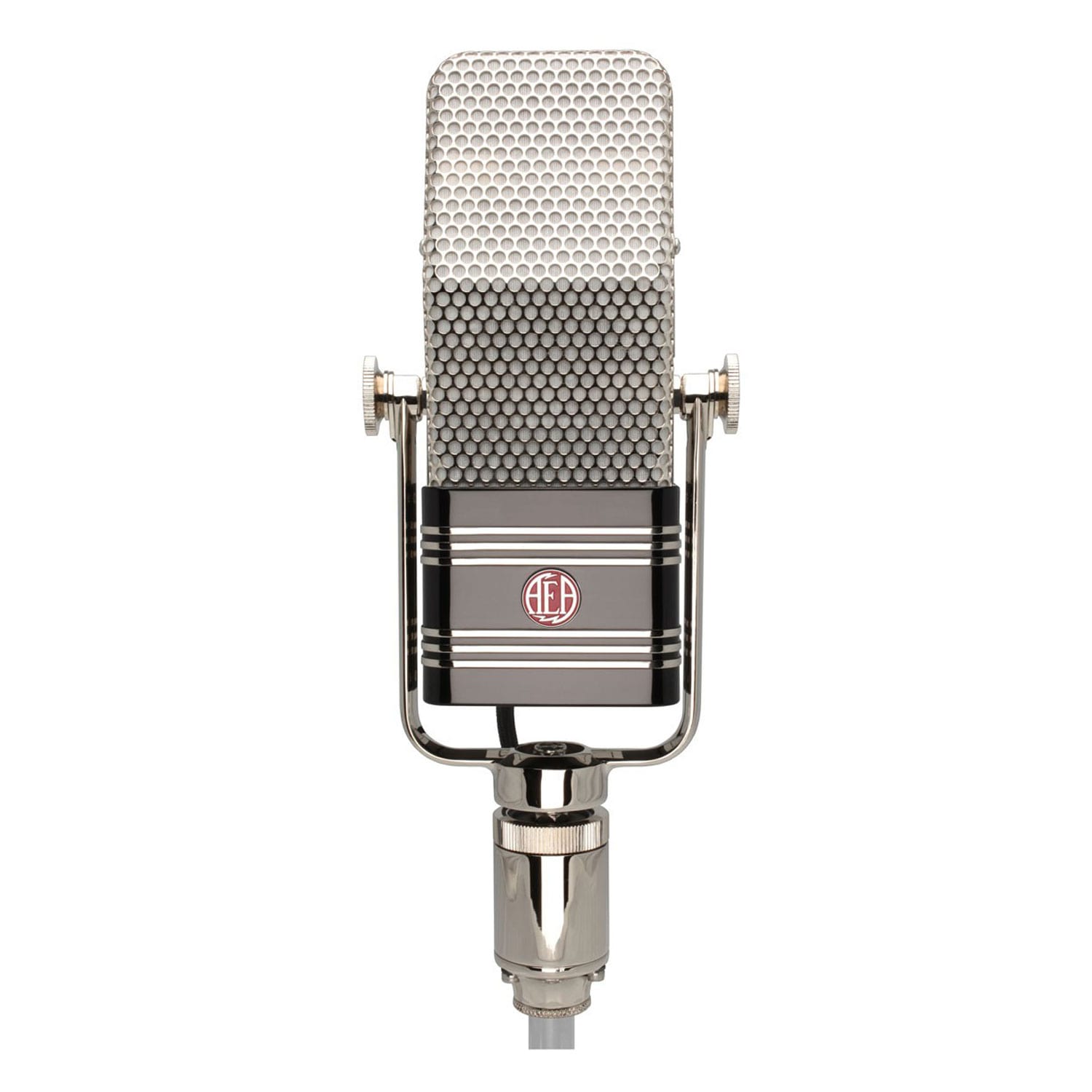

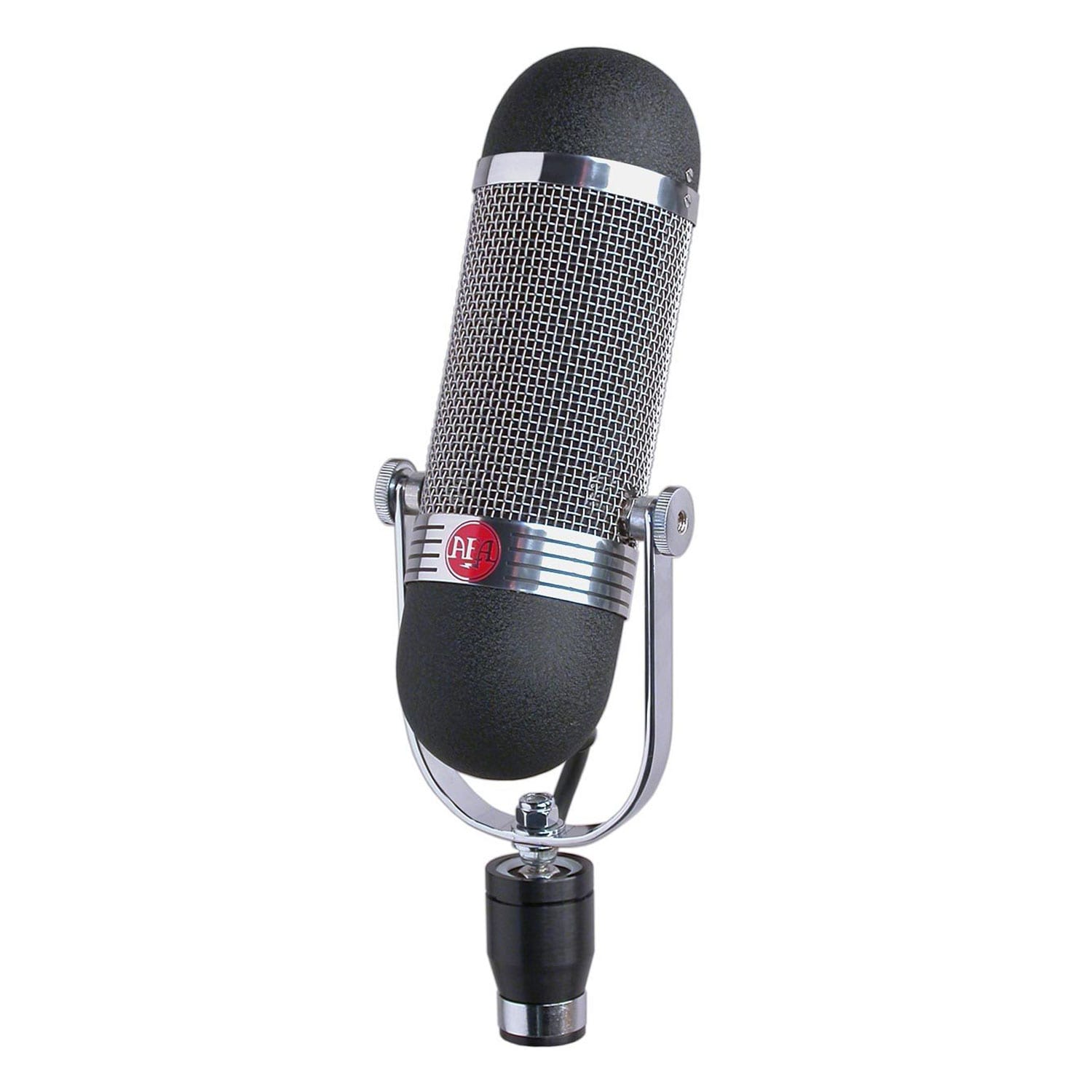

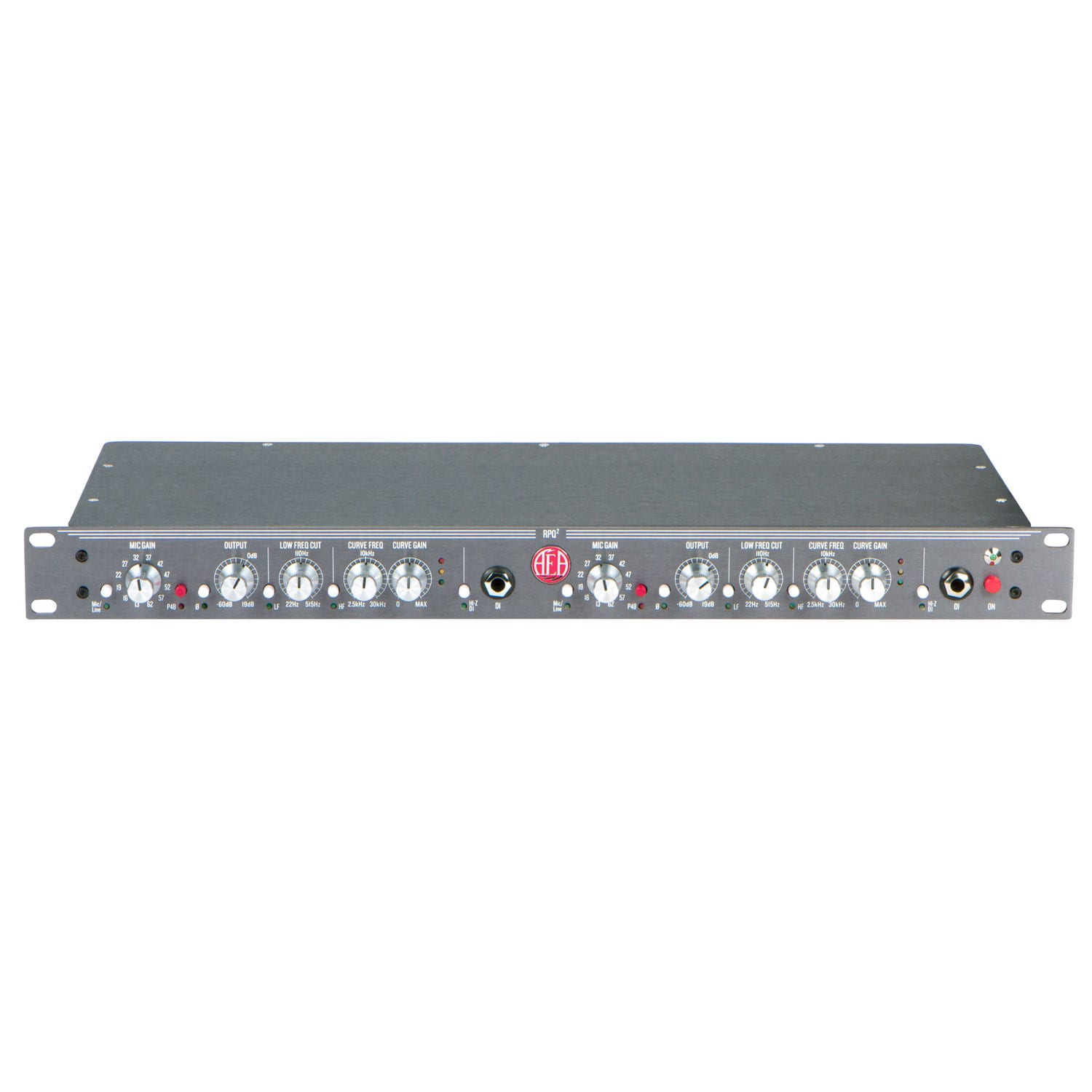

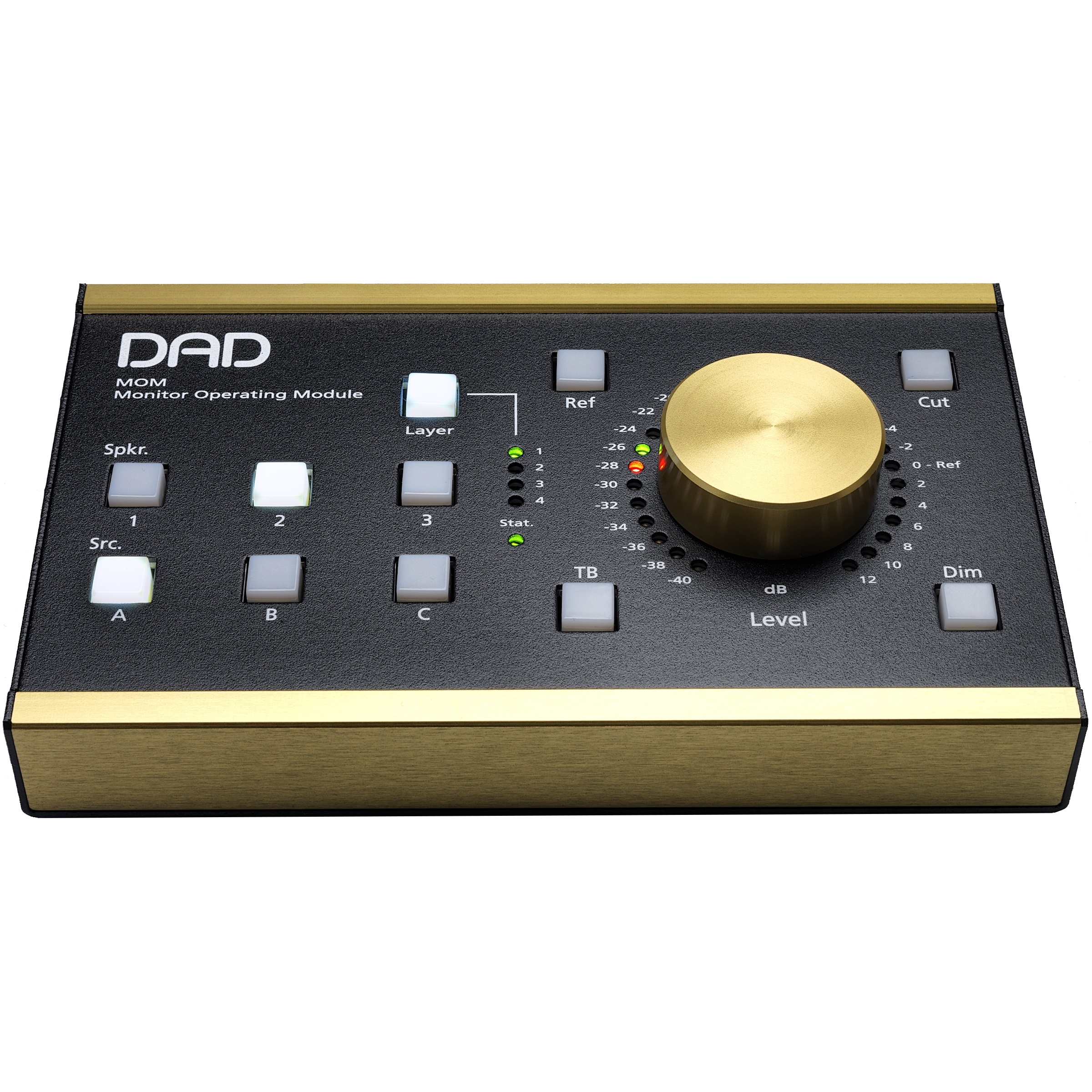
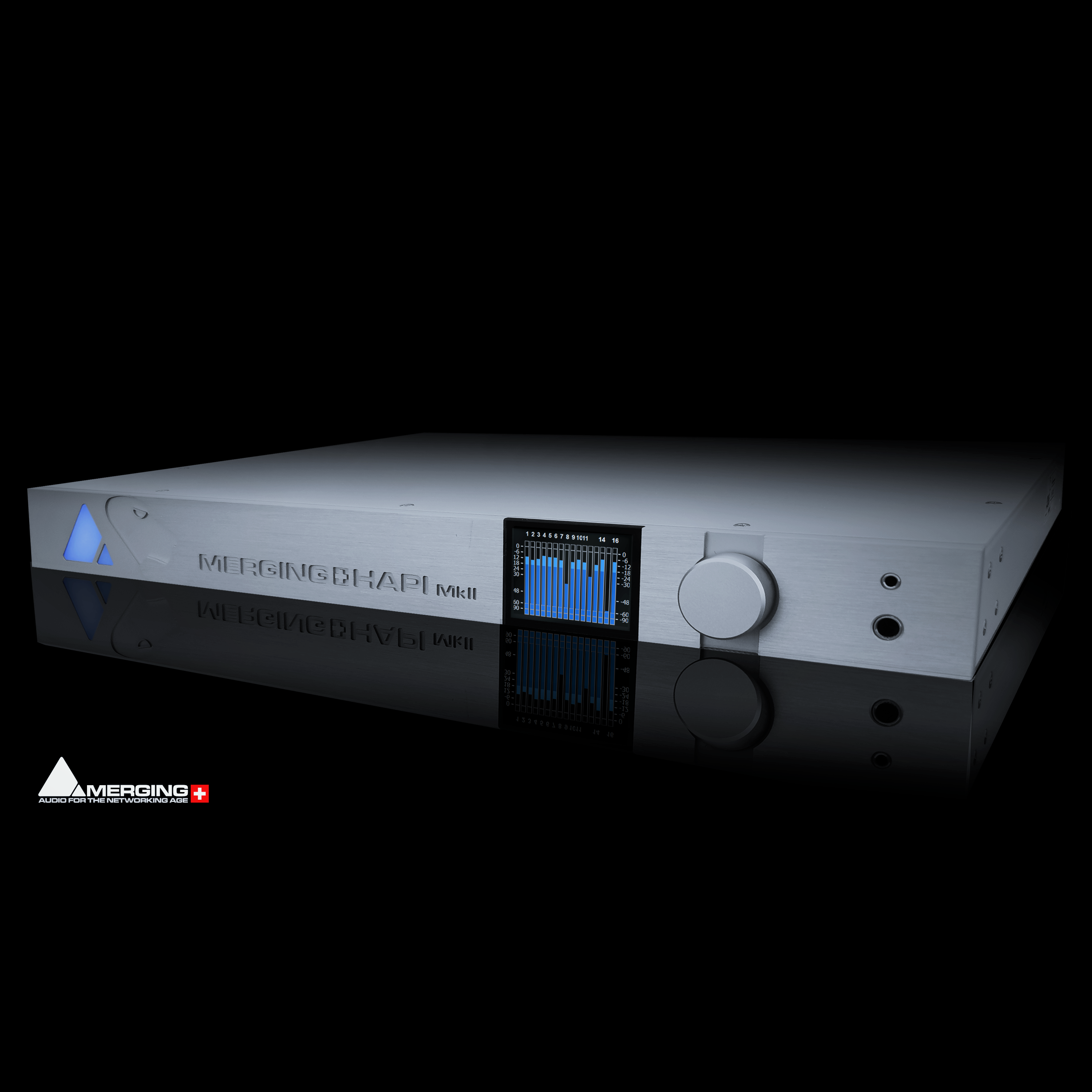

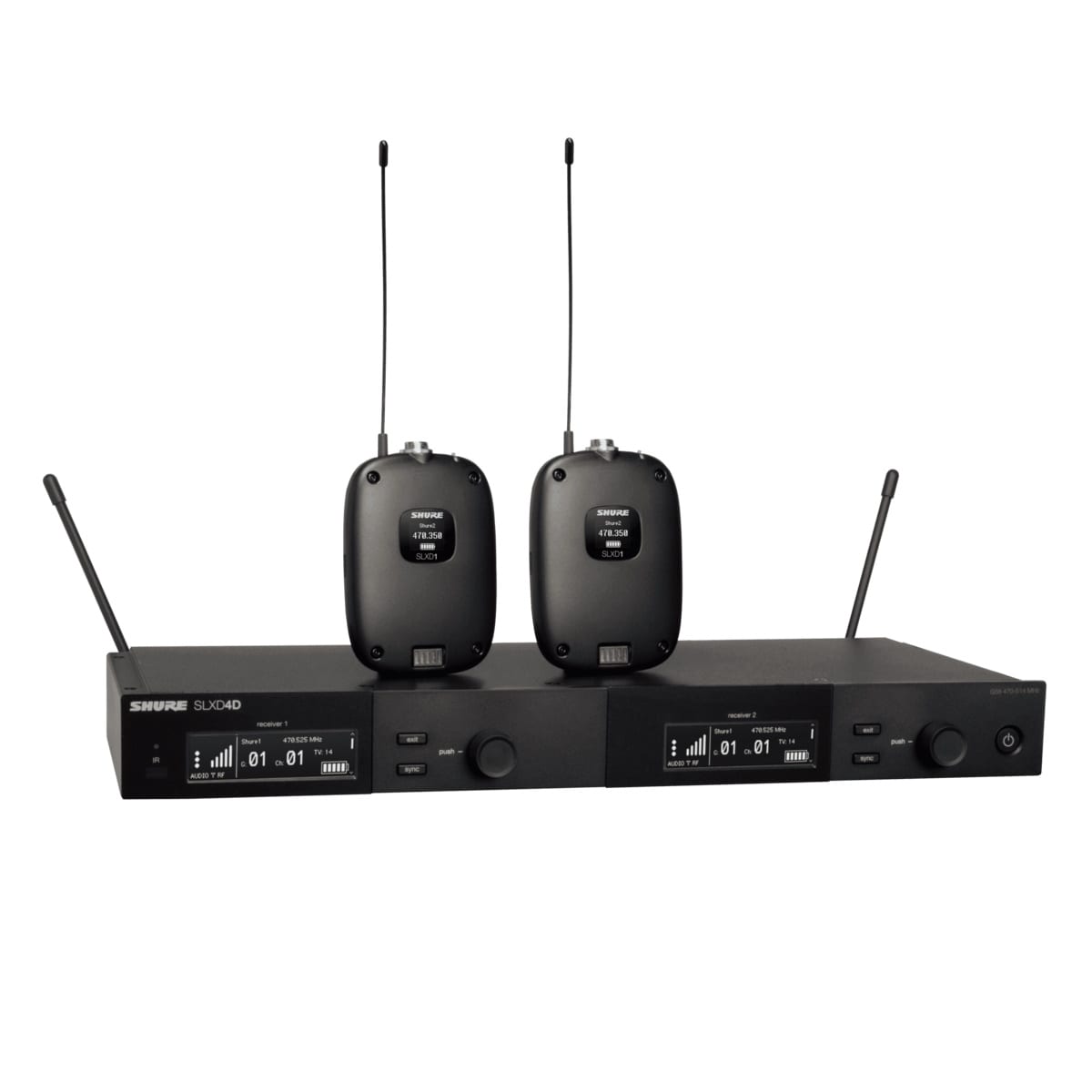
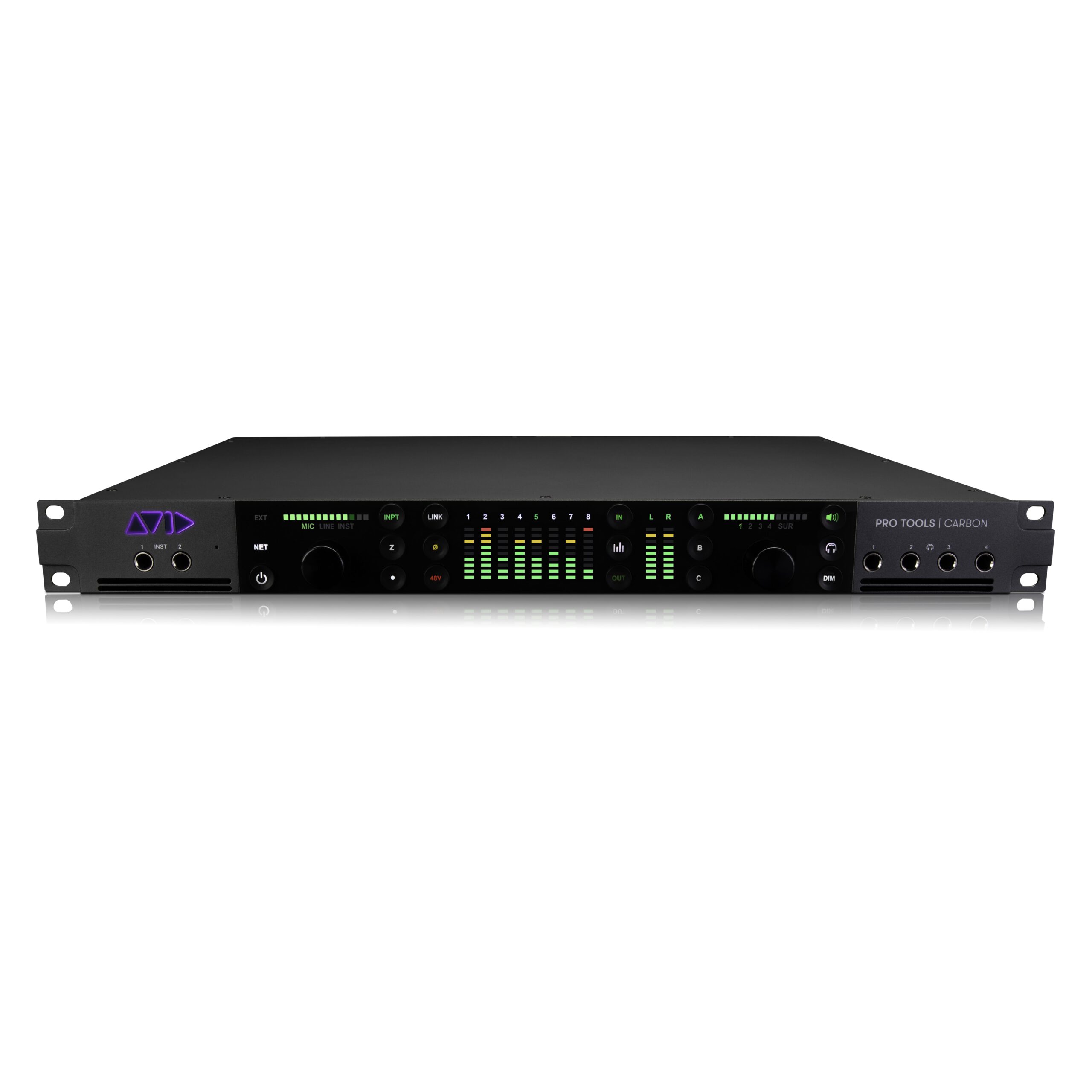
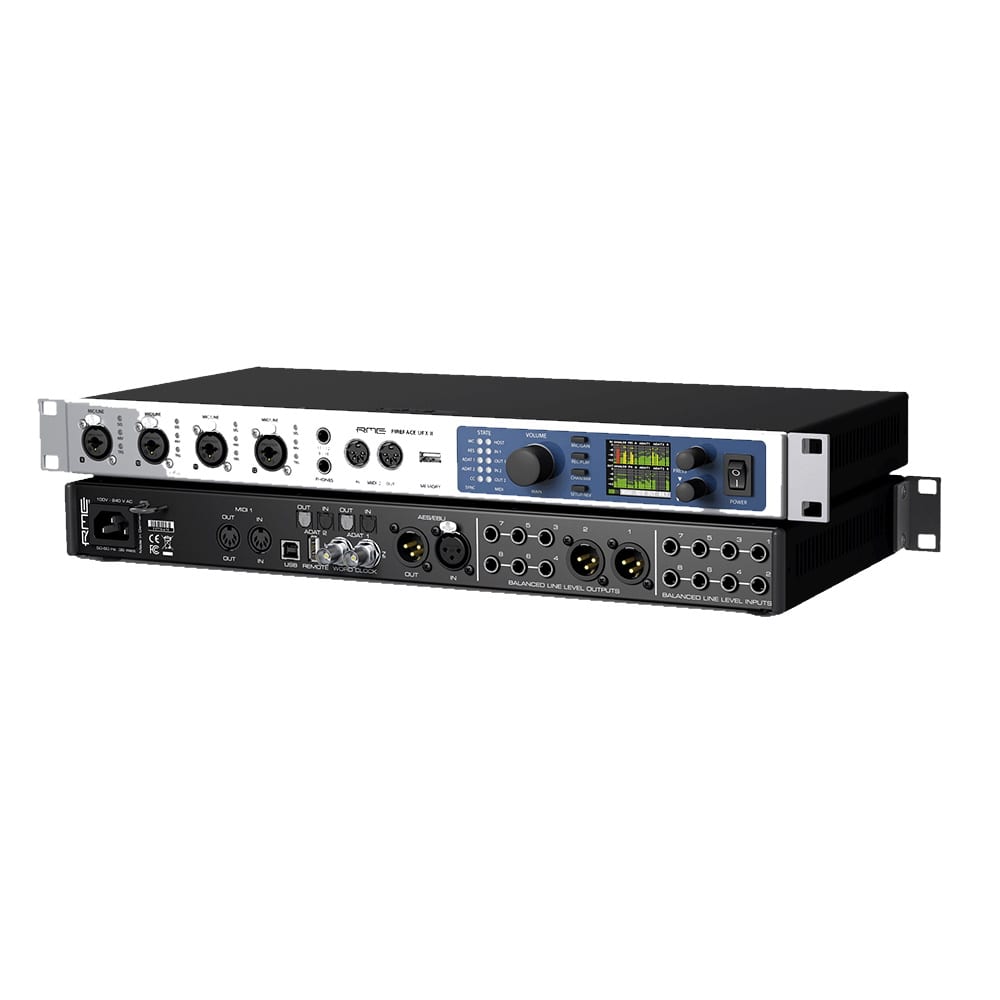
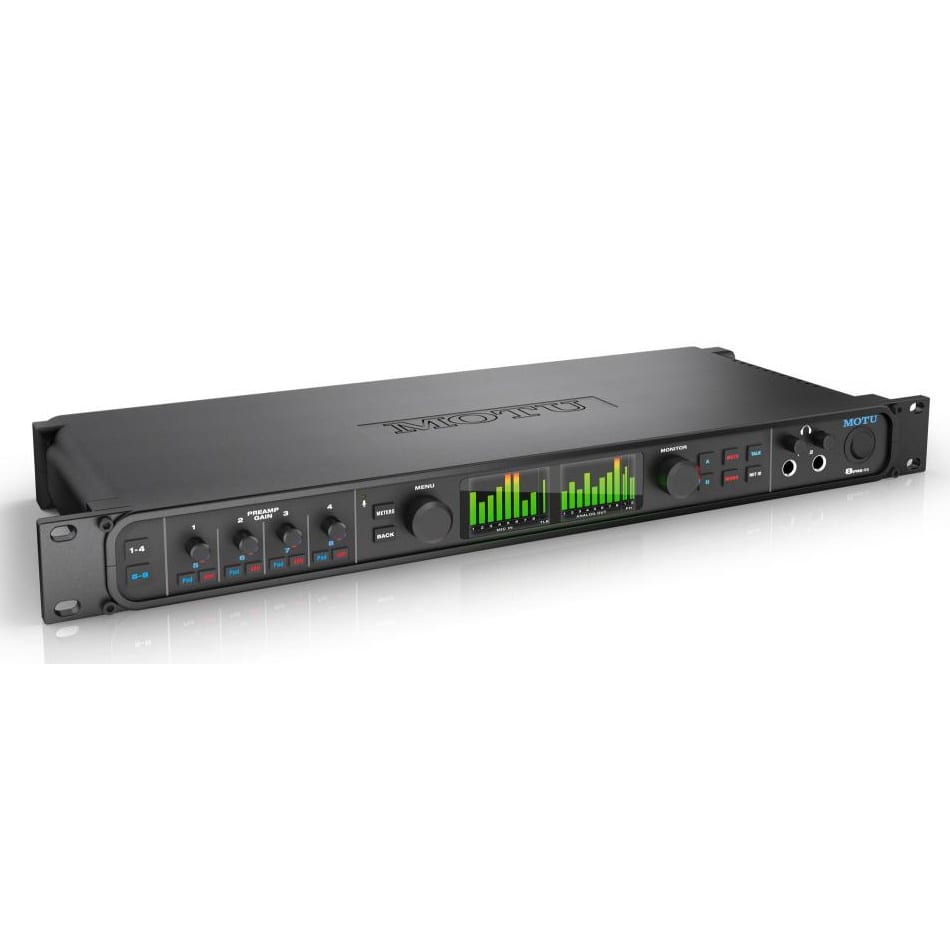
Reviews
There are no reviews yet.